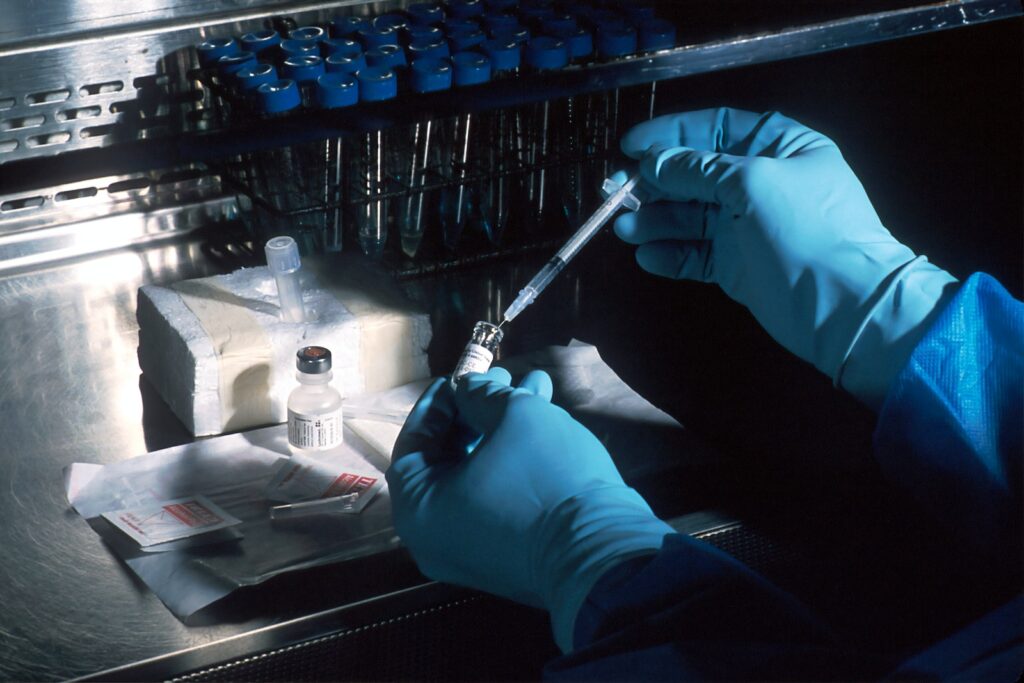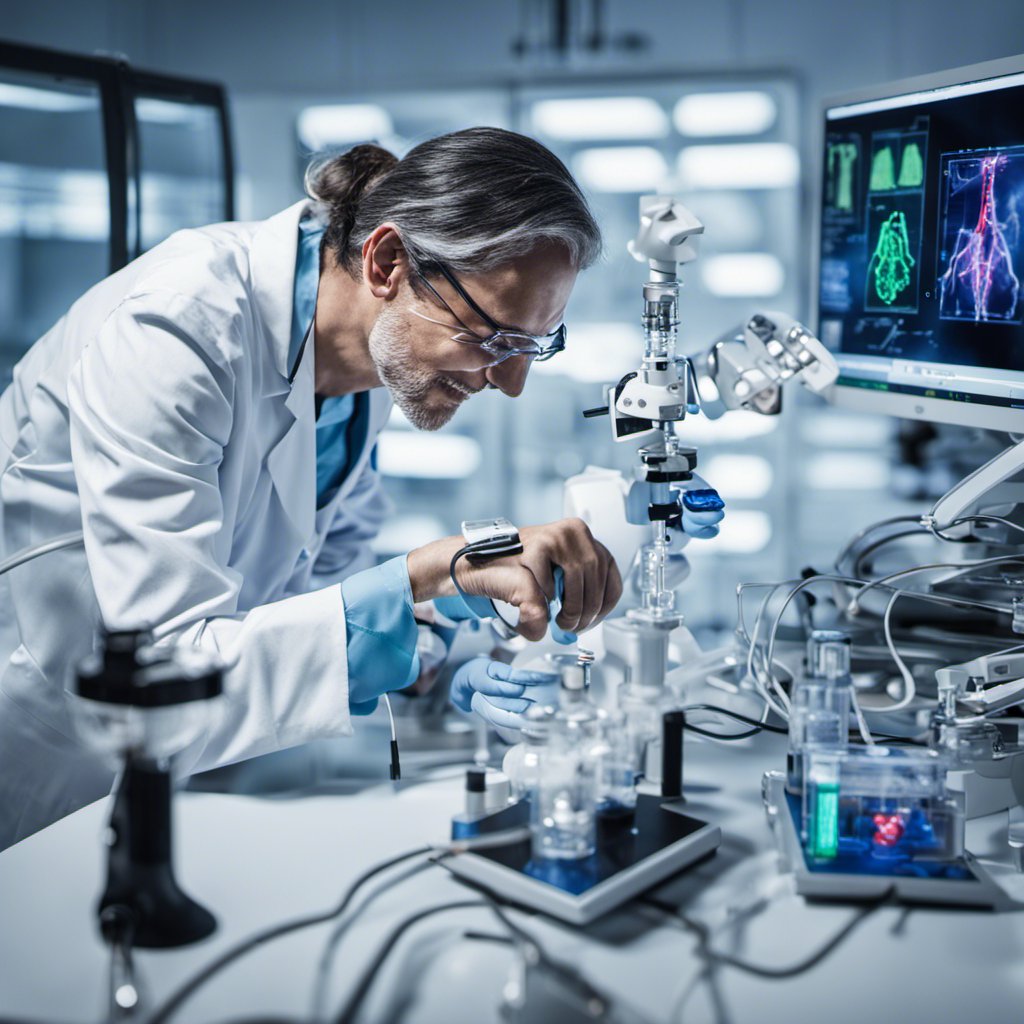In the ever-evolving landscape of healthcare, the convergence of biotechnology and electronics stands as a beacon of hope for improved patient care, early disease detection, and personalized treatment strategies. This synergy has ushered in an era where innovative technologies are revolutionizing healthcare delivery and outcomes. From wearable health monitors to AI-powered diagnostics, the marriage of biotechnology and electronics is reshaping the medical field. In this article, we delve into this convergence, exploring its transformative impact on healthcare advancements.
The Evolution of Biotechnology in Healthcare
Biotechnology’s roots in medicine can be traced back centuries, with the earliest forms of vaccines and antibiotics being prime examples. However, it wasn’t until the latter half of the 20th century that biotechnology truly began to flourish in healthcare. Breakthroughs such as recombinant DNA technology and the mapping of the human genome have paved the way for precision medicine and targeted therapies.
Despite these achievements, traditional biotechnology has had limitations, particularly in terms of rapid diagnostics and real-time monitoring. This is where electronics come into play.

The Rise of Electronics in Healthcare
Electronics in healthcare have experienced a meteoric rise, driven by the miniaturization of components, improved connectivity, and the proliferation of smartphones and wearable devices. The importance of data in healthcare cannot be overstated, as it enables healthcare providers to make informed decisions, track patient progress, and intervene in a timely manner.
However, integrating electronics into healthcare is not without its challenges. Privacy and security concerns, interoperability issues, and the need for standardized protocols have been significant roadblocks. Nonetheless, the potential benefits are too compelling to ignore.
The Synergy of Biotechnology and Electronics
The convergence of biotechnology and electronics occurs at various points along the healthcare continuum. Wearable health monitors, for instance, combine biosensors with electronic components to track vital signs and detect anomalies in real time. Telemedicine platforms leverage electronic communication to connect patients with healthcare professionals, overcoming geographical barriers and increasing access to care. In the realm of personalized medicine, genomics and bioinformatics merge to tailor treatments to an individual’s genetic makeup.
The benefits of this convergence are far-reaching. Patients experience improved outcomes, as diseases can be detected at earlier stages and treatments can be tailored to their unique profiles. Healthcare providers gain access to a wealth of patient data, enabling data-driven decision-making and more precise interventions. Moreover, the cost-effectiveness of these technologies is gradually improving, making them more accessible to a broader population.
Biotechnology and Electronics in Disease Management
To appreciate the full impact of this convergence, it’s essential to examine real-world examples. In cancer treatment, biotechnology and electronics have given rise to targeted therapies that attack cancer cells while sparing healthy tissue. Cardiovascular disease management has seen the development of implantable devices that monitor heart function and transmit data to healthcare providers in real time. Neurological disorders benefit from brain-machine interfaces that restore mobility and communication for patients with severe disabilities.
AI and machine learning play pivotal roles in analyzing the vast amounts of data generated by these technologies, identifying patterns, and predicting disease trajectories. However, ethical considerations, such as data privacy and algorithm biases, must be carefully navigated.
Challenges and Future Directions
As with any transformative technology, challenges abound. Ensuring the privacy and security of patient data is paramount. Regulatory hurdles must be addressed to maintain patient safety while promoting innovation. Standardization efforts are crucial to ensure compatibility and interoperability among devices and systems.
Looking ahead, the future of biotechnology and electronics in healthcare is bright. Emerging trends include the integration of nanotechnology and bioelectronics for targeted drug delivery, 3D bioprinting to create organs for transplantation, and augmented reality aiding in surgical procedures.
Conclusion
The convergence of biotechnology and electronics is not merely a passing trend; it represents a seismic shift in healthcare. The promise of improved patient outcomes, early disease detection, and personalized treatment strategies has the potential to revolutionize the medical field. As we continue to explore the boundless possibilities of this convergence, it is imperative that we address the challenges and work collectively toward a healthier and more connected future. The synergy of biotechnology and electronics in healthcare is not just an advancement; it is a testament to human ingenuity and our commitment to bettering the lives of all.

